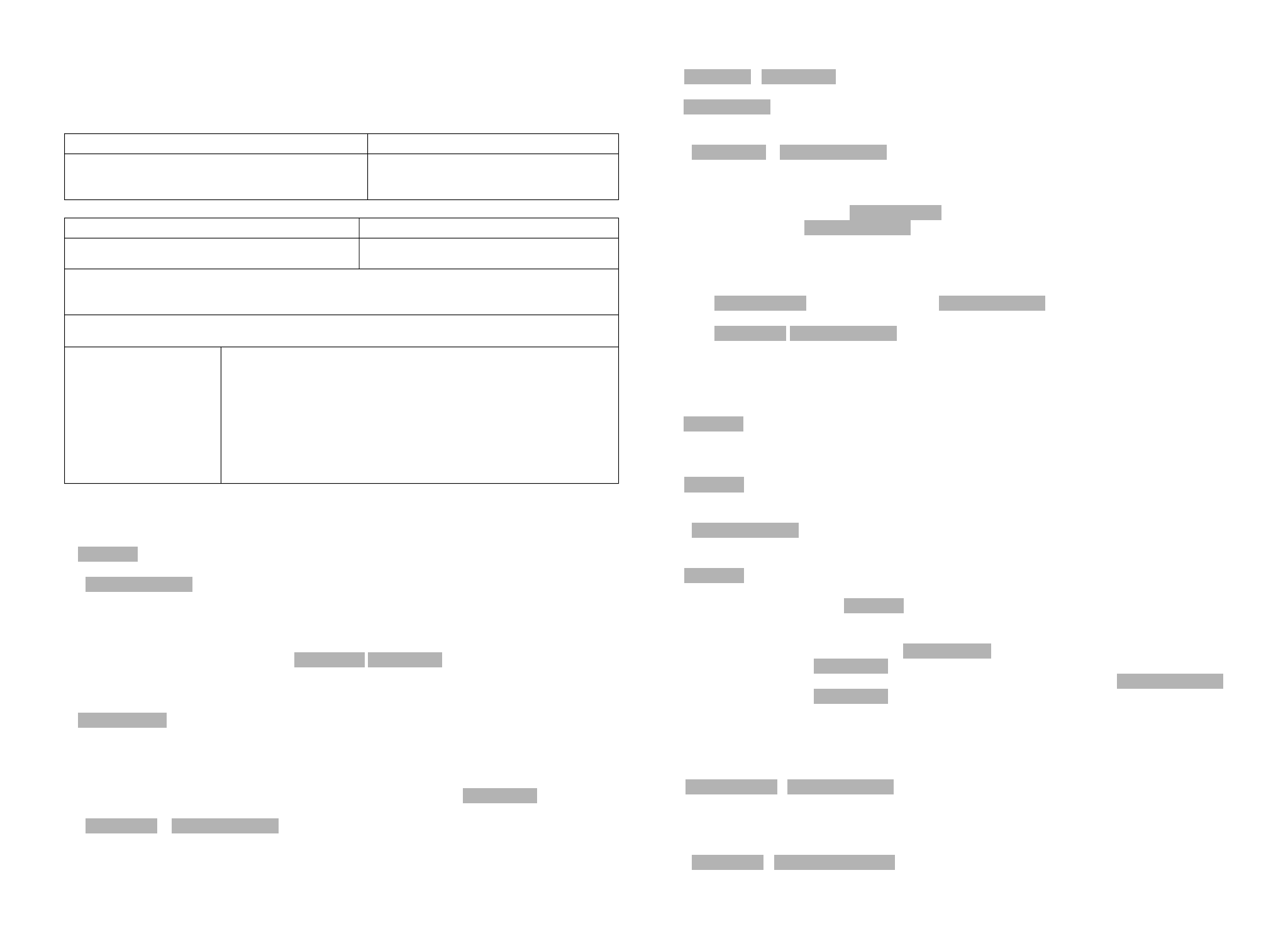
Opus 32
Single/Fingered Accompaniment & Leadsheet
Concept:
Student Outcomes:
SINGLE/FINGERED ACCOMP. & LEADSHEET –
Harmony: A melody may be accompanied by single
pitches, intervals or chords.
Identify, read & write chord symbols.
Play leadsheets using chord symbols to create
accompaniments.
Vocabulary/Keyboard:
Vocabulary/Keyboard:
Symbols:
- single and fingered accompaniments, chord, triad,
leadsheet, chord symbol
- single and fingered accompaniments, chord, triad,
leadsheet, chord symbol
Chord Symbols
Assessment (Quiz 33) –Students will determine if a single note or chord is played, if melody and
harmony “fit”, if overhead harmonies are played correctly and play pattern of chords heard in song
examples.
Assessment (Quiz 33) –Students will determine if a single note or chord is played, if melody and
harmony “fit”, if overhead harmonies are played correctly and play pattern of chords heard in song
examples.
Assessment (Quiz 33) –Students will determine if a single note or chord is played, if melody and
harmony “fit”, if overhead harmonies are played correctly and play pattern of chords heard in song
examples.
Repertoire: Oh, How Lovely is the Evening, Skip to My Lou, Step In Time, On Green Dolphin Street,
True Colors
Repertoire: Oh, How Lovely is the Evening, Skip to My Lou, Step In Time, On Green Dolphin Street,
True Colors
Repertoire: Oh, How Lovely is the Evening, Skip to My Lou, Step In Time, On Green Dolphin Street,
True Colors
National Standards:
1. NS
2. NS
3. NS
4. NS
5. NS
S. NS
R. NS
State/Local Standards:
1.
2.
3.
4.
5.
S.
R.
State/Local Standards:
1.
2.
3.
4.
5.
S.
R.
Sequence of Activities:
1. Sing & Play - Oh, How Lovely Is the Evening (a): Melody & Part 1 (Song 34)
A. Play Song Oh, How Lovely Is the Evening. Have students:
• review song in major tonality by singing song and playing melody or Part 1.
Lesson Completed
2. Play - Oh, How Lovely Is the Evening (a): Part 3 as written, & as Single Accomp. (Song 34)
A. Play notes of Part 3. Have students:
• identify note names and rhythms.
• play Part 3 with class and melody. Split - Bass Play Melody
B. Play first note of Part 3 as single note, then play same note using Single Accomp. Ask students to:
• describe each sound (one sound/many sounds). NOTE: Introduce term 'chord' and define.
• listen to other examples and indicate if single note or chord (triad).
C. Single Accomp Have students:
• locate Single Accomp. button and word “ACCOMPANIMENT” on keyboard (near percussion
icons).take turns playing several Single Accomp. chords within ACCOMPANIMENT range.
D. Have each student:
• take turns playing Part 3 using Single Accomp.
• play Single Accomp. of Part 3 with melody while singing melody. Play Melody
• play Part 3 using Single Accomp. with melody (hands together).
Split - Reset Lesson Completed
3. Sing & Play - Skip to My Lou: Part 3 – Single Accomp. (Song 39)
A. Split - Bass Play Melody Skip To My Lou. Sing. Encourage students to:
• sing with melody while playing Part 3.
B. Single accomp. Ask students to:
• sing melody while playing Part 3 in Single Accomp.mode.
• discuss the two accompaniments.
Split – Reset Lesson Completed
4. Play - Skip to My Lou: Fingered Accomp. (Song 39)
A. Show students how single note “F” in Single Accomp. actually played three notes F,A,C.. Have stu-
dents:
• play Single Accomp. “F” Single Accomp.
• play triad F,A,C. Fingered Accomp.
Repeat activitywith other major triads (C-E-G, G-B-D, Bb-D-F, etc.)
B. Introduce Leadsheet for Skip to My Lou. (Leadsheet: piece of music represented by melody and
chord symbols.) Using leadsheet, encourage students to:
•
play chord accompaniments for Skip to my Lou - Leadsheet with Single Accomp,
Single Accomp. then Fingered Accomp. Fingered Accomp.
Note: Measures without chord symbol should repeat the chord from previous measure.
Split - Reset Lesson Completed
5. Listen - Accompaniments
A. With students:
• discuss ways of creating accompaniments from leadsheets (keyboards play different chord
accomps., guitars can strum chords, etc.)
B. Play Song On Green Dolphin Street, performed by Miles Davis. With students:
• discuss that many jazz compositions exist only in leadsheet form. The pianist, bass player and
drummer often create their parts from chord symbols on a leadsheet. In doing so, they are per-
forming similar functions to the Single Accomp. and style features of student keyboard.
C. Play Song True Colors by Cyndi Lauper. Tell students that just as with jazz compositions, many
popular songs begin as leadsheets. In this example, the pianist is creating a part that follows mel-
ody.
Lesson Completed
S. Synthesis: Create Single & Fingered Accomps - Kum Ba Yah (leadsheet): (Song 40)
A. Play Song Kum Ba Yah. Have students:
• sing melody, then identify notes used in melody.
• play melody with song. Play Song
B. Have students:
• identify chord symbols from leadsheet.
• practice chords in Single Accomp. Single Accomp.
• play with melody. Play Melody
• practice chords in Fingered Accomp. (C, F, G major triads/block chords). Fingered Accomp.
• play with melody. Play Melody
C. Demonstrate different ways to change accompaniment: rhythm, broken triads, inversions. Encour-
age
students to:
• vary accompaniment by trying some of these methods.
• record and/or share with class singing melody.
D. Single Accomp. Fingered Accomp. Repeat above activity, using style accompaniments. Demon-
strate Single Accomp. using different styles. Have students:
•
practice playing leadsheet chords from Kum Ba Yah using various styles.
• play with new style as class sings.
Repeat activity with fingered chords.
Split - Reset Synthesis Completed
156


















